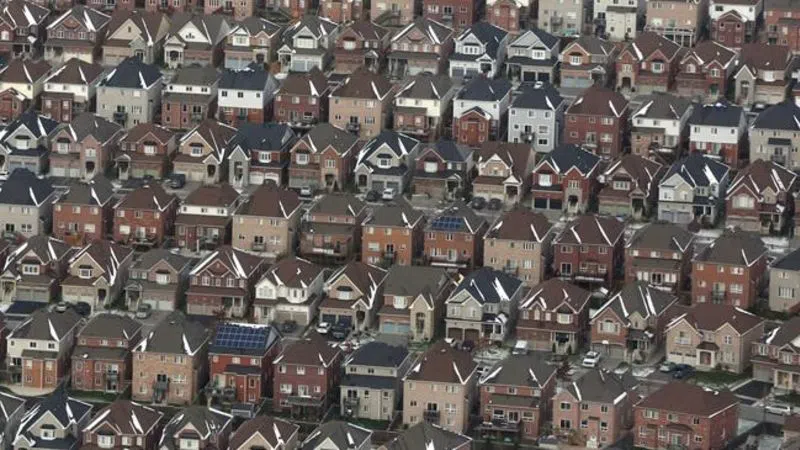
Cities to parties: Fill housing gaps for seniors, Indigenous people
OTTAWA — Canada’s cities want all the federal parties to promise to pour billions more into the national government’s decade-long housing strategy to make sure that seniors, urban Indigenous people and low-income renters aren’t left behind by the tens of billions in already pledged spending.
The call, led by the Federation of Canadian Municipalities, put a price tag on many of the federal actions advocates say are needed to make housing more affordable across the country — an issue the parties have spent months reviewing amid polling suggesting it remains top-of-mind for urban voters.
But the cost could be steep: An estimated total of about $827 million a year in new spending, for the remaining eight years of the strategy, that would include helping seniors pay for refits so they can stay in their homes longer, building more housing for urban Indigenous people, and paying for units for homeless people with mental illnesses.
Cities are also asking parties to consider a combination of subsidies and tax credits for owners of aging rental buildings to pay for upgrades and to maintain the apartments as low-cost units.
